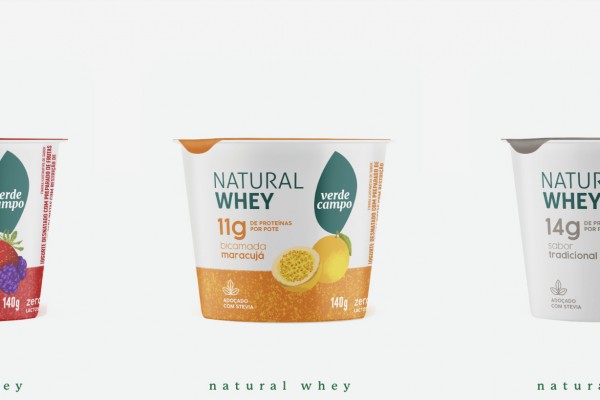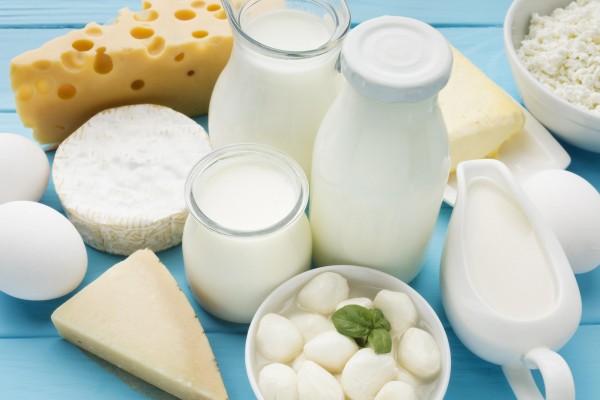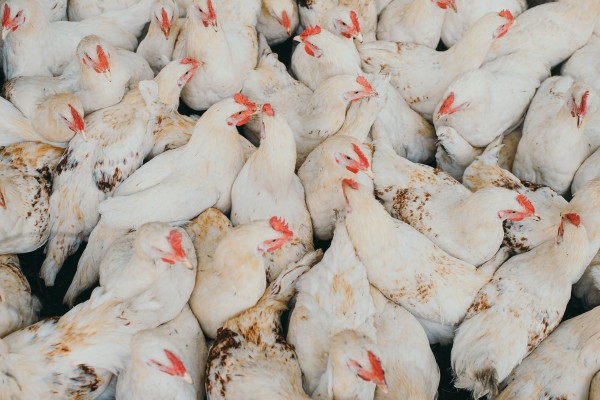While overall inflation has declined, food inflation, on the other hand, remains at nearly twice the inflation rate for all goods and services.
This is according to an Essential Food Pricing Monitoring (EFPM) report released by the Competition Commission that captures the comparative trends in grocery retailer margins to global peers. It shares evidence of ‘rocket and feather’ effects in maize meal, cooking oil and bread, and provides an in-depth overview of the beef value chain in the country.
Rocket and feather effects are a phenomenon in inflation, also known as asymmetric price transmission when the downstream of prices react differently to upstream price changes, depending on the characteristics of upstream prices.
The report reads:
"Bread and wheat prices fell by approximately 10% during the first quarter of the year, but producer and retailer prices for bread both rose by 3% in this period and only started to drop in the second quarter of the year."
The report also reveals that white maize prices have fallen consistently by 23% since February, but producer and retail prices for maize meal have yet to decline.
Meanwhile, cooking oil prices have been on a declining trend since a year ago, when the EFPM report indicated that producer prices were rising despite sunflower seed prices remaining stable in South Africa.
“However, while retailers cut their margins during the period of rising prices, they have been slower to reduce prices resulting in expanding margins. More recently, sunflower seed prices have dropped but producer prices have still not responded.”
According to the household affordability index published by the Pietermaritzburg Economic Justice and Dignity (PMBEJD), the price of 30kg maize meal was R304.72 in June last year in Johannesburg, while the same quantity cost R333.22 in July, in contrast to R325.22 it cost in June this year.
Meanwhile, 5 litres of cooking oil cost R239.82 in June last year, and in July, the price it recorded was at R170.86.
The EFPM report also points out that some of the large food companies have recorded large revenue increases as a result of price increases rather than volume growth.
The report highlights that:
"Some producers have indicated that load shedding costs have not had a material impact on their businesses, except for poultry producers."
The report also indicates that the weighted profit margin for South African retailers went from 5.6% in 2020 to 6.0% in 2022.
“It has fallen to 5.3% in 2023 but remains higher than profit margins in Ireland and the UK. The recent marginal decline is probably explained by more intense load shedding experienced by retailers in their respective 2022/2023 financial years,” the report reads further.
However, the commission has expressed concern over the rocketing in sunflower oil prices.
“The expectation of higher input costs following the invasion of Ukraine was not realised by the local SA Futures Exchange market. This caused several successive increases in the average producer and retail price of sunflower oil, which fell in the second half of 2022, while the price of sunflower seeds remained flat,”
added the report.
The commission is, however, actively monitoring essential food prices and investigating the factors driving food inflation to ensure transparency regarding the profit margins set by producers and retailers of these products.
Source: News24




